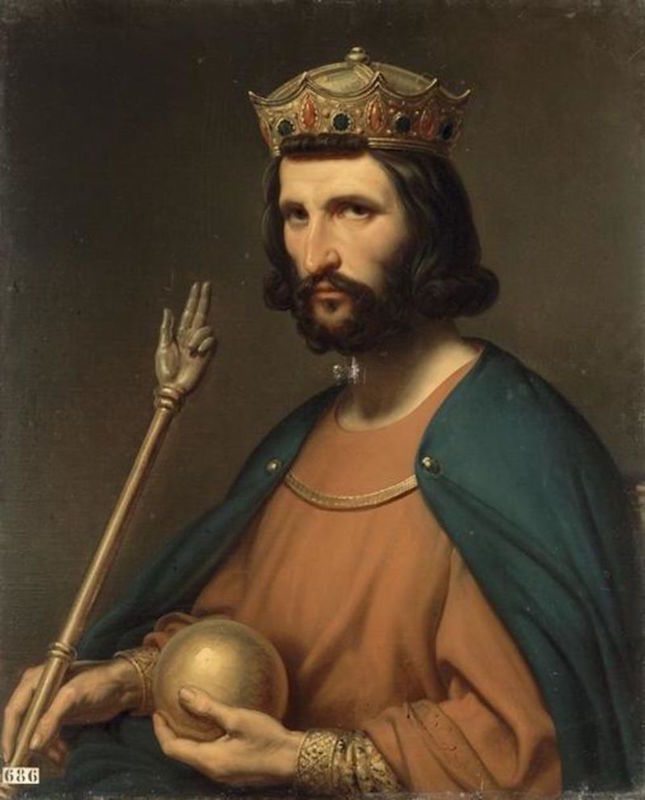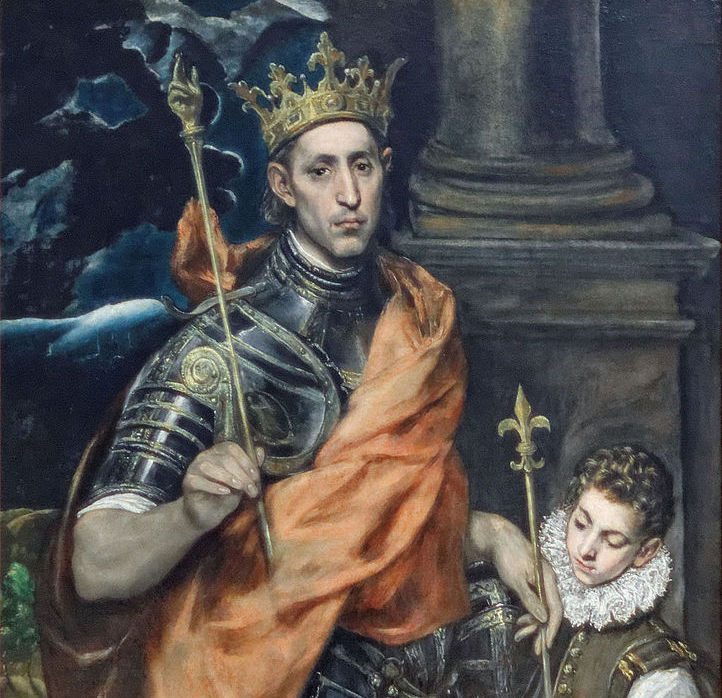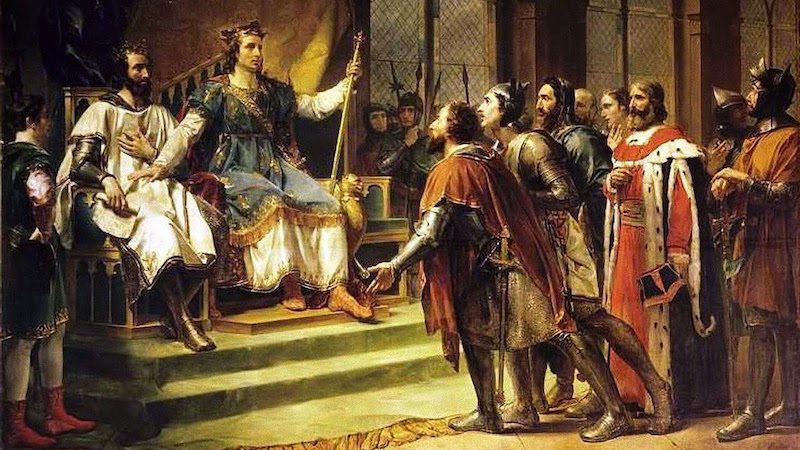Capetian dynasty
Episode #3 of the course “Most powerful families in history”
The Capetian dynasty originated in France and became one of the most powerful ruling families of Europe for over 800 years. Their rule had a substantial influence on modern French government. The founder of the Capetian dynasty, Hugh Capet, was elected King of the Franks in 987 in Paris. His territory was not wide, but over time his descendants increased their holdings until they spread throughout Europe. Members of the Capetian lineage remain aristocrats and royalty in Europe today, as the family’s branches have been intertwined in the family trees of nearly every ruling family.
 Hugh Capet
Hugh Capet
Because their throne is always passed from one male to another, the French were known not to allow claims to the throne through female family members. The French throne passed directly through Capetian heirs until 1328 CE, when the lack of a male heir caused a cadet branch of the family to rise to power. The dynasty continued to hold the French throne until 1848, when the French monarchy was finally dissolved in the February Revolution.
Over their nearly millennium-long involvement in French and European politics, there have been many notable members of this royal family, including Louis IX (“Saint Louis”), who ruled from 1226 to 1270. He was known as one of the most devout Catholic rulers and is the only member of the Capetian dynasty to be canonized. He is also one of the five “crusader kings” of medieval France, dying of dysentery while on crusade.
 Louis IX
Louis IX
The last king of the “direct line” of Capetians was Charles IV, also known as Charles the Fair, who died in 1328. He engaged in aggressive politics in Germany and Flanders but failed to gain holdings. He did, however, invade Aquitaine, which incited a war with England. The largest triumph of his reign is considered to be the subsequent peace agreement with Britain, which gained both money and land for France.
Share with friends

